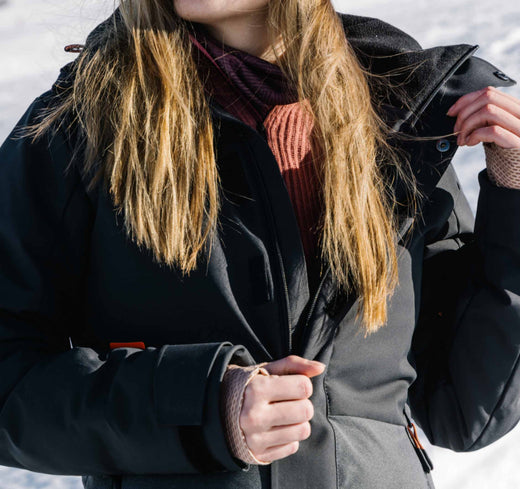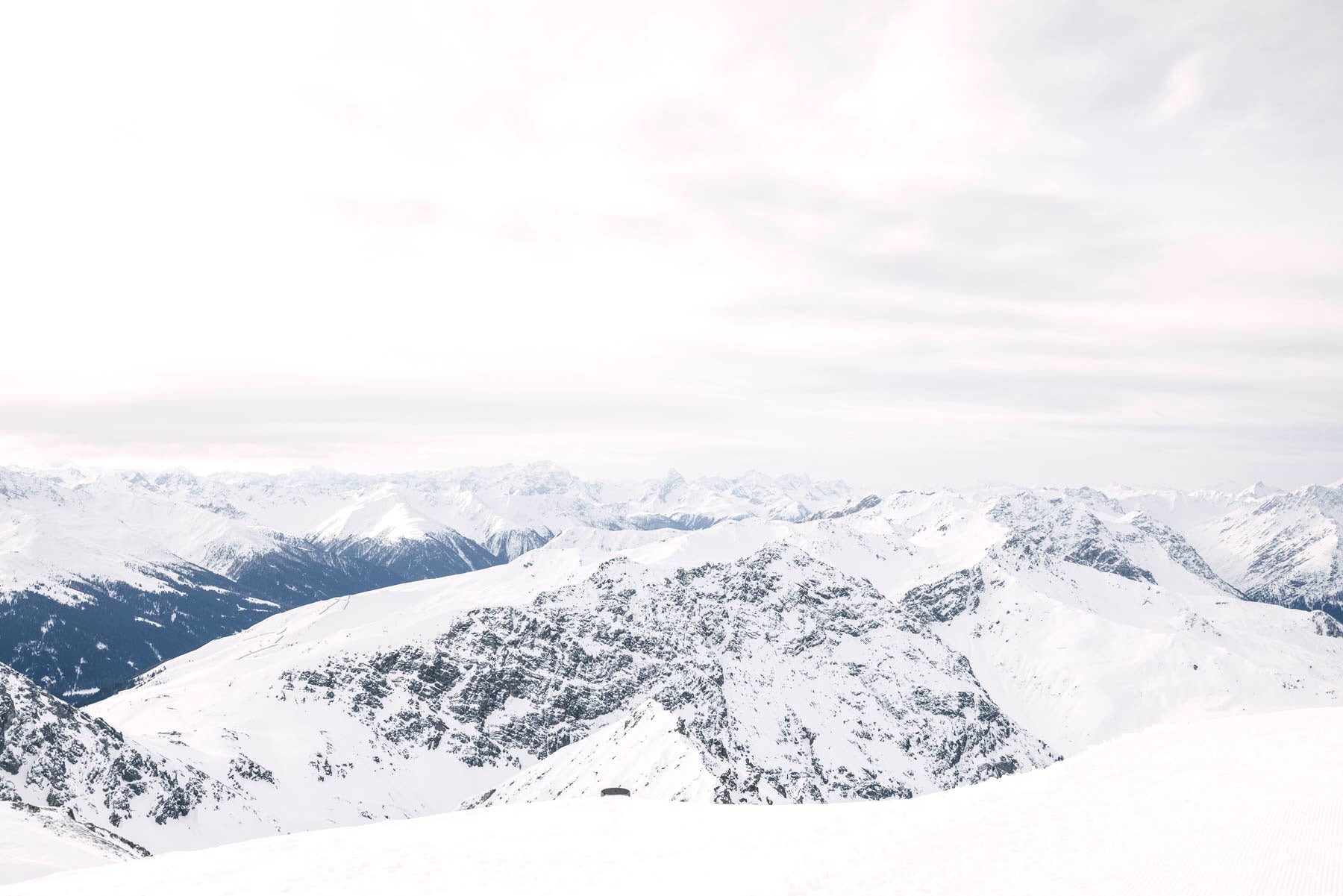Advantages:
- Flexibility: You can add or remove layers depending on the temperature and activity. This means that if the weather changes unexpectedly, you can adjust your personal comfort zone in an instant.
- Temperature control : By adding or removing layers, you can precisely regulate your body temperature - no overheating, no freezing .
- Versatility: A combination of different layers is suitable for a wide range of weather conditions and activities.
- Breathability: Several thin layers allow moisture to escape better than one thick layer.
Tips for perfect layering:
-
Planning is everything : Before you set out on your adventure, check the weather forecast. A jacket for emergencies is always a good idea.
- Avoid overheating : Too many layers can make you sweat. Keep an eye on your personal thermostat and remove a layer if necessary.
- Thin layers : Several thin layers are better than one thick layer. They are more adjustable and easier to pack if you take a spontaneous break.
- Freedom of movement : Make sure you can move freely. Nothing is more uncomfortable than feeling cramped in a layer.
- Listen to your body : Everyone has different temperature sensations. Pay attention to how you feel and adjust your layers accordingly. If you're cold or sweating, it's time for a change.
Common layering mistakes and how to avoid them:
-
Too many layers : It's tempting to put on everything you have, but this can quickly cause you to overheat.
- Wrong materials : Avoid cotton as a base layer - it retains moisture and makes you cold. Use merino wool or special synthetic materials.
- Inadequate ventilation : Make sure the protective layer is breathable so you don't start to sweat.
Layering isn't just a chic way to put together your outdoor outfit. With the right combination of base, mid and out layers, you can protect yourself from the vagaries of the weather while staying stylish.
So grab your layers, get ready for your next adventure and remember: a happy smile is the best addition to any outfit! Whether you're climbing the mountain or taking a leisurely stroll through the forest - with the right layering you'll always be well prepared. And most importantly? You'll never look like a frostbitten person again!






























































